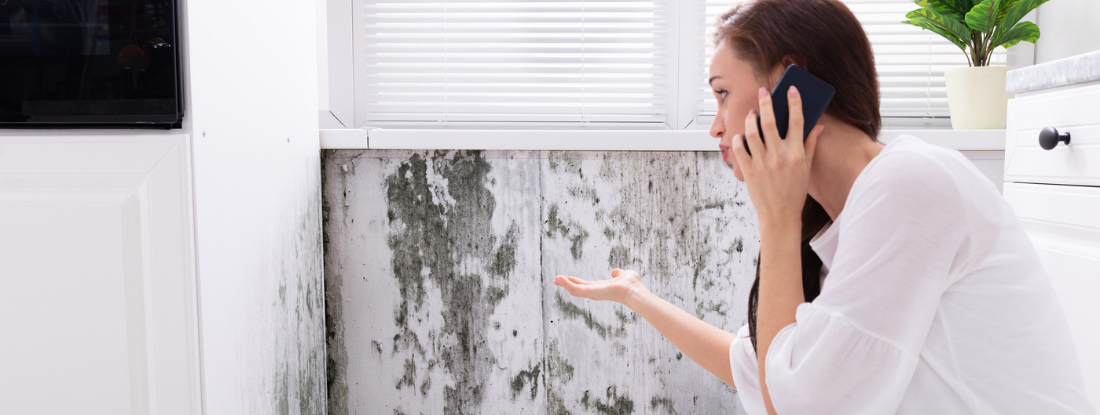Comprehensive Post Mold Remediation Procedures
Wiki Article
Your Ultimate Guide to Post Mold Remediation Strategies
In the after-effects of mold and mildew invasion, knowing exactly how to successfully remove the mold and prevent its reoccurrence is extremely important for keeping a healthy and balanced interior environment. From selecting the right cleansing and decontaminating techniques to applying approaches for lasting mold avoidance, each step in the removal trip plays an important duty in ensuring an effective result.Comprehending Post-Mold Removal Process
After finishing the mold and mildew removal procedure, it is crucial to comprehend the post-mold remediation strategies that are needed to make certain a complete and effective cleanup. Once the mold has been eliminated, the following action involves cleaning and sanitizing the impacted areas to stop any regrowth of mold. This consists of making use of specialized cleaning up representatives to wipe down surfaces and eliminate any kind of remaining mold spores. It is vital to dry the area totally to discourage the growth of mold and mildew in the future (what to do after mold remediation). Appropriate air flow and dehumidification can help in this procedure.
In addition, conducting a last examination post-remediation is important to make sure that all mold has actually been effectively removed. This evaluation needs to include a comprehensive aesthetic check along with perhaps air tasting to confirm the absence of mold and mildew spores in the air. If the inspection exposes any type of sticking around mold and mildew, extra removal might be required. Educating owners on preventive measures such as regulating moisture degrees and quickly attending to any water leakages can assist maintain a mold-free environment.
Reliable Cleansing and Decontaminating Methods

Avoiding Future Mold Development

Significance of Appropriate Air Flow
Correct ventilation plays an essential function in preventing dampness buildup, an essential consider mold and mildew growth within indoor settings. Effective ventilation systems help eliminate excess humidity from the air, decreasing the opportunities of mold and mildew spores locating the moisture they require to spread out and sprout. Without appropriate air flow, interior rooms can end up being a reproduction ground for mold and mildew, resulting in prospective health risks and architectural damages.By making sure proper air blood additional info circulation, ventilation systems can likewise help in drying wet areas faster after water damage or flooding cases, even more discouraging mold and mildew growth. testing air quality after mold remediation. In spaces like washrooms, cellars, attics, and cooking areas where moisture levels often tend to be greater, setting up and keeping efficient ventilation systems is important in protecting against mold and mildew invasions

Monitoring and Upkeep Tips
Offered the vital role that appropriate air flow Get the facts plays in avoiding mold and mildew development, it is imperative to develop effective monitoring and maintenance ideas to make certain the continued functionality of ventilation systems. Monitoring moisture degrees within the home is additionally important, as high moisture can add to mold growth. By staying conscientious and positive to the condition of air flow systems, home owners can properly alleviate the threat of mold regrowth and keep a healthy and balanced indoor environment.
Conclusion
In conclusion, post-mold removal strategies are essential for guaranteeing a clean and secure setting. Recognizing the procedure, applying effective cleansing and decontaminating approaches, preventing future mold and mildew development, keeping proper ventilation, and routine monitoring are all important action in the Read Full Report removal process. By following these standards, you can effectively eliminate mold and mildew and stop its return, promoting a healthy and balanced living or working space for all owners.In the after-effects of mold and mildew invasion, recognizing exactly how to successfully eradicate the mold and mildew and stop its reoccurrence is vital for preserving a healthy and balanced interior environment. As soon as the mold has been removed, the following step entails cleansing and disinfecting the affected locations to protect against any kind of regrowth of mold - what to do after mold remediation. After getting rid of visible mold development, it is crucial to cleanse all surfaces in the damaged location to eliminate any type of staying mold and mildew spores. To better boost mold and mildew prevention procedures, it is important to attend to underlying concerns that initially led to mold and mildew growth.Given the vital duty that proper air flow plays in stopping mold and mildew growth, it is imperative to develop effective monitoring and maintenance ideas to ensure the continued capability of ventilation systems
Report this wiki page